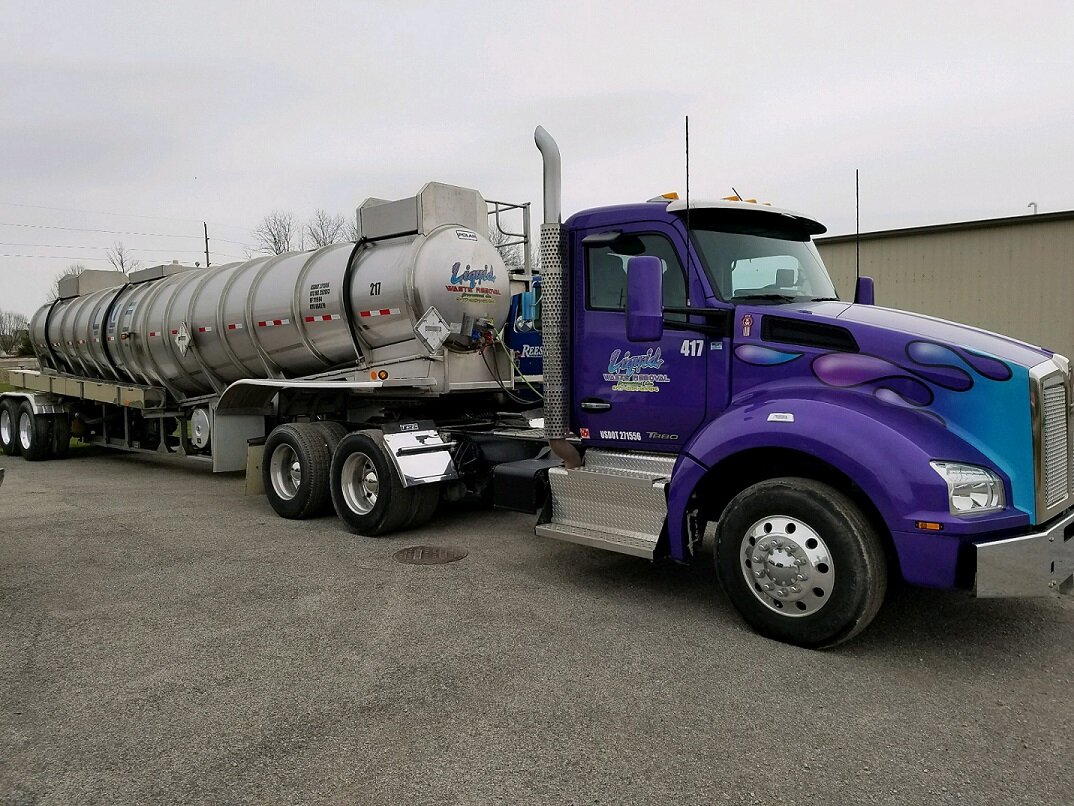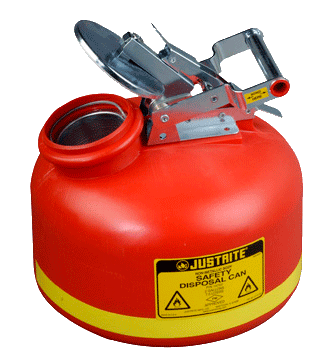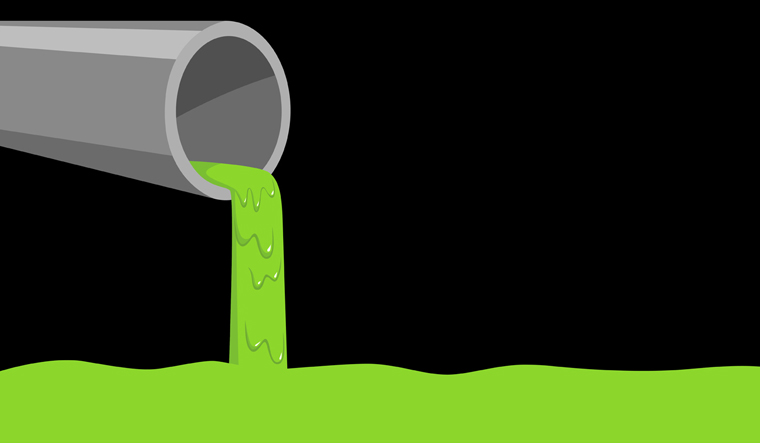Exactly How Liquid Waste Disposal Functions: A Thorough Review of Techniques and Technologies Used

Review of Liquid Waste Types
The complexity of liquid waste types requires a detailed understanding of their features and implications for disposal. Liquid waste can broadly be categorized right into numerous kinds, including commercial, metropolitan, farming, and harmful waste. Each classification displays distinctive residential properties, needing particular administration strategies to alleviate ecological and health and wellness dangers.
Industrial liquid waste originates from manufacturing procedures and commonly consists of a series of pollutants, such as heavy metals, solvents, and organic substances. Local liquid waste, primarily consisting of wastewater from households and business facilities, includes natural issue, nutrients, and microorganisms (industrial wastewater treatment). Agricultural fluid waste, including drainage from farms, might consist of plant foods, pesticides, and animal waste, posing risks to water quality and ecological communities
Dangerous fluid waste is defined by its toxicity, sensitivity, or prospective to cause damage. This category consists of substances like acids, bases, and particular chemicals that require rigorous handling and disposal procedures. Understanding these varied fluid waste types is essential for establishing efficient disposal techniques and ensuring compliance with environmental guidelines. Appropriate category and characterization are essential for implementing ideal treatment methods and reducing the negative impacts on public health and the setting.
Physical Treatment Techniques

Screening is the first step, where bigger bits and particles are removed from the fluid waste making use of screens or grates. In sedimentation containers, much heavier particles settle at the base, forming a sludge layer, while the clarified liquid can be additional dealt with.
Filtering is another important approach that entails passing the liquid through permeable materials, such as sand or membrane layers, to catch smaller sized particles. This action enhances the top quality of the liquid, making it suitable for succeeding treatment procedures.

Chemical Treatment Techniques
Chemical treatment techniques are vital for efficiently handling fluid waste, especially in addressing liquified and colloidal contaminants that physical methods might not effectively remove. These methods utilize different chemical agents to counteract, precipitate, or change unsafe compounds right into much less dangerous types.
One usual method is coagulation and flocculation, where chemicals such as alum or ferric chloride are included in advertise the aggregation of suspended fragments. This process enhances sedimentation, permitting for easier removal of the resulting sludge. In addition, oxidation processes, using representatives like chlorine or ozone, are employed to break down complicated natural compounds and microorganisms, providing the waste more secure for discharge or further therapy.
Neutralization is an additional critical method, which readjusts the pH of acidic or alkaline waste streams to neutral degrees, preventing prospective damage to downstream systems and the atmosphere. Additionally, advanced oxidation procedures (AOPs) use mixes of oxidants and ultraviolet light to weaken persistent pollutants, accomplishing a greater degree of therapy performance.
Organic Therapy Processes
Biological treatment processes play a vital duty in the monitoring of fluid waste by utilizing microorganisms to break down raw material and reduce contaminant levels. These processes can be broadly categorized into anaerobic and aerobic therapies, each employing website here specific microbial communities to attain reliable waste destruction.
Cardiovascular therapy includes making use of oxygen to facilitate the break down of organic products by bacteria. This process is commonly applied in turned on sludge systems, where aeration tanks offer a favorable atmosphere for microbial growth, leading to the oxidation of natural contaminants. The resultant biomass can be separated from dealt with effluent through sedimentation.
In comparison, anaerobic treatment occurs in the lack of oxygen, depending on different bacteria to damage down raw material. This approach is especially beneficial for high-strength waste, as it creates biogas, a renewable resource source, while reducing sludge manufacturing. Technologies such as anaerobic digesters are often used in industrial and local applications.
Both anaerobic and cardio biological therapies not only minimize the ecological influence of fluid waste yet additionally promote resource healing, making them crucial elements of lasting waste administration techniques. Their adaptability, effectiveness, and effectiveness support their extensive execution across numerous sectors.
Emerging Technologies in Disposal
Ingenious approaches to liquid waste disposal are quickly advancing, driven by improvements in modern technology and an enhancing focus on sustainability. Amongst these arising modern technologies, membrane bioreactors (MBRs) have acquired traction for their capability to combine organic therapy with membrane layer purification, resulting in top notch effluent that can be recycled in different applications. go to this site MBRs make it possible for smaller footprints and more efficient operations compared to traditional systems.
One more encouraging growth is making use of anaerobic food digestion integrated with nutrient healing modern technologies, which not just deals with fluid waste yet additionally produces biogas and recovers useful nutrients like nitrogen and phosphorus. This twin advantage improves resource performance and reduces environmental impact.
In addition, progressed oxidation procedures (AOPs) are being embraced for the destruction of intricate natural contaminants. These techniques use powerful oxidants and catalysts to break down pollutants at the molecular level, offering an extremely effective solution for challenging waste streams.
Additionally, the integration of expert system and artificial intelligence in waste management systems is enhancing operational efficiency and anticipating upkeep, causing decreased costs and boosted environmental conformity. These technologies mirror a substantial shift in the direction of even more reliable and sustainable fluid garbage disposal practices.
Verdict
Finally, effective liquid garbage disposal requires a comprehensive understanding of numerous techniques and modern technologies. The combination of physical, chemical, and directory organic treatment methods ensures the effective management of diverse waste kinds. In addition, the introduction of innovative innovations enhances treatment efficiency and promotes sustainability in waste monitoring practices. By constantly progressing these approaches, it comes to be possible to resolve the growing difficulties related to liquid waste, eventually adding to environmental defense and resource healing.
Liquid waste disposal is an essential facet of ecological administration, calling for an extensive understanding of different strategies and innovations tailored to different waste kinds. Liquid waste can extensively be categorized into a number of types, including industrial, community, agricultural, and harmful waste. Agricultural liquid waste, including overflow from farms, might contain fertilizers, chemicals, and pet waste, posturing threats to water top quality and environments.
Numerous physical therapy approaches play a critical duty in taking care of fluid waste efficiently - industrial wastewater treatment.In final thought, efficient liquid waste disposal necessitates a comprehensive understanding of numerous strategies and innovations